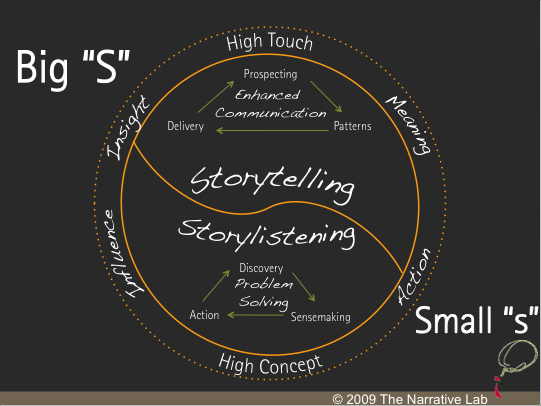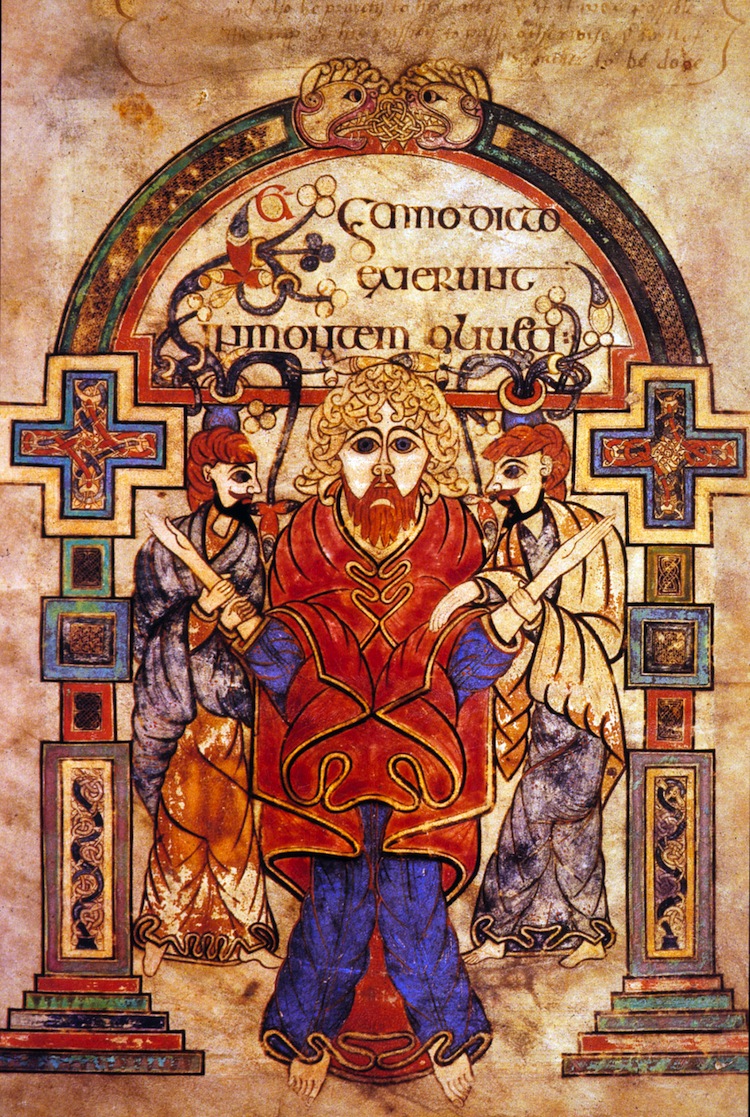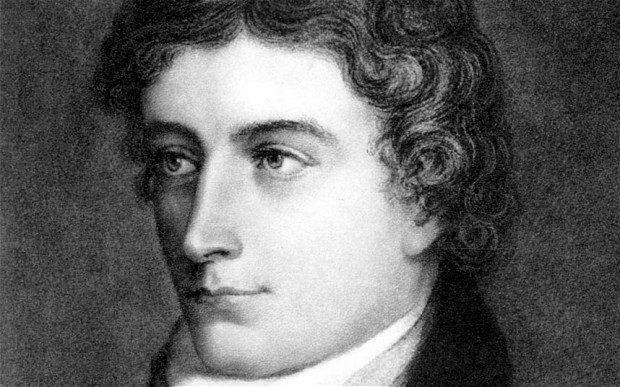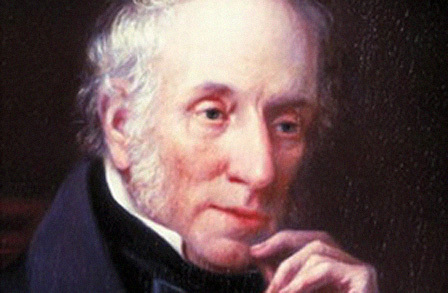A narrative is a sequence of events that a narrator tells in story form. A narrator is a storyteller of any kind, whether the authorial voice in a novel or a friend telling you about last night’s party.
Point of View
The point of view is the perspective that a narrative takes toward the events it describes.
First-person narration: A narrative in which the narrator tells the story from his/her own point of view and refers to him/herself as “I.” The narrator may be an active participant in the story or just an observer. When the point of view represented is specifically the author’s, and not a fictional narrator’s, the story is autobiographical and may benonfictional (see Common Literary Forms and Genres below).
Third-person narration: The narrator remains outside the story and describes the characters in the story using proper names and the third-person pronouns “he,” “she,” “it,” and “they.”
- Omniscient narration: The narrator knows all of the actions, feelings, and motivations of all of the characters. For example, the narrator of Leo Tolstoy’s Anna Karenina seems to know everything about all the characters and events in the story.
- Limited omniscient narration: The narrator knows the actions, feelings, and motivations of only one or a handful of characters. For example, the narrator of Lewis Carroll’s Alice’s Adventures in Wonderland has full knowledge of only Alice.
- Free indirect discourse: The narrator conveys a character’s inner thoughts while staying in the third person. Gustave Flaubert pioneered this style in Madame Bovary, as in this passage: “Sometimes she thought that these were after all the best days of her life, the honeymoon, so-called.”
Objective narration: A style in which the narrator reports neutrally on the outward behavior of the characters but offers no interpretation of their actions or their inner states. Ernest Hemingway pioneered this style.
Unreliable narration: The narrator is revealed over time to be an untrustworthy source of information. Humbert in Vladimir Nabokov’sLolita and Stevens in Kazuo Ishiguro’s The Remains of the Day are good examples of unreliable narrators.
Stream-of-consciousness narration: The narrator conveys a subject’s thoughts, impressions, and perceptions exactly as they occur, often in disjointed fashion and without the logic and grammar of typical speech and writing. Molly Bloom’s monologue in the final chapter of James Joyce’s Ulysses is an example of stream of consciousness. While stream-of-consciousness narration usually is written in the first person, it can, by means of free indirect discourse (see above), be written in the third person, as in Virginia Woolf’s Mrs. Dalloway.
Character
A character is a person, animal, or any other thing with a personality that appears in a story.
Protagonist: The main character around whom the story revolves. If the protagonist is admirable, he or she is called the hero or heroineof the story. A protagonist who is not admirable, or who challenges our notions of what should be considered admirable, is called anantihero or antiheroine. For example, Willy Loman in Arthur Miller’sDeath of a Salesman is an antihero because he is ordinary and pathetic, whereas Meursault in Albert Camus’s The Stranger is an antihero because he challenges the traditional conception of what a hero should be.
Antagonist: The primary character or entity that acts to frustrate the goals of the protagonist. The antagonist typically is a character but may also be a nonhuman force. For example, Claudius is the antagonist in Shakespeare’s Hamlet, whereas the military bureaucracy is the antagonist in Joseph Heller’s Catch-22.
Stock character: A common character type that recurs throughout literature. Notable examples include the witty servant, the scheming villain, the femme fatale, the trusty sidekick, the old miser, and so on. A stock character that holds a central place in a culture’s folklore or consciousness may be called an archetype (see Thematic Meaning,below).
Foil: A character who illuminates the qualities of another character by means of contrast. In John Keats’s “Ode to a Nightingale,” the swiftly traveling nightingale serves as a foil to Keats’s sleepy, opium-laden narrator.
Plot
A plot is the arrangement of the events in a story, including the sequence in which they are told, the relative emphasis they are given, and the causal connections between events.
Elements of a plot: A plot can have a complicated structure, but most plots have the same basic elements.
- Conflict: The central struggle that moves the plot forward. The conflict can be the protagonist’s struggle against fate, nature, society, or another person. In certain circumstances, the conflict can be between opposing elements within the protagonist.
- Rising action: The early part of the narrative, which builds momentum and develops the narrative’s major conflict.
- Climax: The moment of highest tension, at which the conflict comes to a head. The word “climax” can refer either to the single moment of highest tension in the plot or, more generally, to any episode of high tension. An anticlimax occurs when the plot builds up to an expected climax only to tease the reader with a frustrating non-event. Jane Austen’s novels, such as Sense and Sensibility, are full of romantic anticlimaxes.
- Falling action: Also called the denouement, this is the latter part of the narrative, during which the protagonist responds to the events of the climax and the various plot elements introduced in the rising action are resolved.
- Reversal: Sometimes called by its Greek name, peripeteia, a reversal is a sudden shift that sends the protagonist’s fortunes from good to bad or vice versa.
- Resolution: An ending that satisfactorily answers all the questions raised over the course of the plot.
Types of plot: Plots can take a wide variety of forms, ranging from orderly sequences of clearly related events to chaotic jumbles of loosely connected events.
- Chronological plot: Events are arranged in the sequence in which they occur. Ernest Hemingway’s The Old Man and the Sea, for example, tells a roughly straightforward story from beginning to end.
- Achronological plot: Events are not arranged in the sequence in which they occur. For example, Homer’s Iliad is full of flashbacks and digressions that relate what happened before and after the central conflict of the poem.
- Climactic plot: All the action focuses toward a single climax. Aeschylus’s Agamemnon is a classic example of a climactic plot.
- Episodic plot: A series of loosely connected events. Cervantes’s Don Quixote is episodic.
- Non sequitur plot: More of an “anti-plot,” the non sequitur plot defies traditional logic by presenting events without any clear sequence and characters without any clear motivation. The theater of the absurd (see Literary Movements, below) is particularly famous for its non sequiturs.
- Subplot: A secondary plot that is of less importance to the overall story but may serve as a point of contrast or comparison to the main plot. For example, the subplot involving Gloucester and his sons in Shakespeare’s King Lear serves this function.
Setting
Setting is the location of a narrative in time and space. It may be specifically historical or geographical, as in the ancient Rome of Robert Graves’s I, Claudius, or it may be imaginary, as in the Neverland of J. M. Barrie’s Peter Pan. The suggestive mood that the setting may create is called the atmosphere. For example, the open windows of the nursery in Peter Pan create an atmosphere of innocence and magic.
Credits: Sparknotes




















